In our recent post about egg formation we mentioned that young pullets will occasionally lay double-yolked eggs.
Some estimates are that 1 in 1000 eggs may contain a double yolk. During standard USDA grading and sorting however these eggs are typically rejected for Grade A egg sales, so if you purchase commercially packaged market eggs you’re less likely to see one. In backyard flocks however, I expect the odds of a double-yolked egg might be significantly higher.
It’s been suggested that some pullets and hens may have a genetic propensity for laying eggs with two yolks. With our current flock we haven’t seen many such eggs, relative to our first flock where one young Buff Orpington would routinely lay twin-yolked eggs. Recently though, we had not one, but TWO double-yolked eggs laid by our pullets.
As our pullets are all of similar size and weight, and produce similar sized-eggs, currently averaging 54 grams, it’s very apparent when a double-yolked egg is laid, as they’re substantially larger. This one was 80 grams, jumbo by US sizing standards, and larger even than the eggs laid by our older orchard hens.
Folklore surrounding double-yolked eggs is varied, ranging from portending a wedding, or pregnancy, to warning of an impending family death.
Although double-yolked eggs are perfectly edible, albeit doubly delicious, they are not ideal for use as hatching eggs, despite the following exceptional observations made by Aristotle in ancient Greece (approximately 350 BCE):
“There are some hens which lay double eggs, and in these the peculiarities of the yolks have been observed; for a certain bird having laid eighteen eggs, hatched two chickens from each of them, except those that were addled; all the rest were productive, except that one of the twin chickens was large and the other small in each. The last, however, was monstrous.” [1]
As Aristotle observed, it’s not impossible to hatch twin chickens from a double-yolked egg. However, it’s rare that both chicks will survive, and are without significant defects. More often than not, those that survive require assistance during hatching, such as is described in an article from The American Agriculturist, Vol III., New York, published in January 1844:
“TWIN CHICKENS. We recollect in our early days, when to possess a fine flock of poultry was the summit of our worldly ambition, of being told that eggs with double yolks would produce twin chickens. But among the numerous eggs that we continued to set from year to year of this kind, we never obtained any produce, nor were our acquaintances more lucky than ourselves; we therefore concluded that it was an ” old woman’s notion,” hatching twin chickens from double-yolk eggs, and gave the matter up in despair, thinking, at least, that our birds were not destined to increase by this two-fold process. That eggs with double yolks will produce twin chickens there is now no longer a doubt in our minds; for in a recent visit to the Casina, the beautiful residence at Hurl-Gate Neck, of G. M. Woolsey, Esq., we saw one of such a pair. It was produced by the care of his factotum of the aviary, a stout, hearty Scotchwoman. Of this there can be no dispute; for, observing that one large egg under one of her setting hens had not hatched the day after all the other chickens came out, she carefully broke, the end of the shell and picked it open, when out popped two strong live chickens, which she had not the slightest difficulty in raising. One proved a cock, the other a pullet. The latter we saw, and a fine little bird it is. The cock had been sold to go to market a few days before we visited the Casina; but in describing it, the good woman said: “It was, indeed, a very pretty beast” Now hatching twin chickens may be very common with some, and they may be inclined to smile over the simple tale we have so circumstantially told; but the real fact occurring beyond dispute, being new to us, we have thought it worthy a grave record in our journal. We are of opinion now that double-yolk eggs will produce twin chickens, perhaps as surely as single eggs, and the reason that they do not oftener, is, probably, because the shell is so thick that the chicken can not break it and escape.”
There are numerous other interesting articles relating to double yolks in the old poultry journals, and for some reason I found the tone of this one rather amusing:
“DOUBLE YOLKS. A correspondent writes: “I have a hen that is very remarkable in one respect— she lays one double-yolked egg every other day. These eggs are very large, so large that the faith of the beholder is strained when he makes an effort to believe that they are really hens’ eggs. What causes the hen to do two days’ work in one? Will these eggs hatch chickens?”
The egg with double yolk contains two germs surrounded by the white and one shell. Many poultry keepers have made the trial of a “twin egg,” putting it under the broody hen, just to see “what will come of it.” Generally the result is non-hatching; sometimes two chicks form, and live to full development and then die, without hatching, and in some rare instances the egg produces two live, healthy chicks, or two chicks alive but deformed.
In regard to the cause of the double yolk, it may be said that two double yolks, impregnated or not, descend into the egg passage at the same time, closely joined together, and become enveloped in one shell. Of course, this is not a normal condition, but is exceptional. It is very seldom that one fowl has all her eggs of this kind. Such eggs are always gazed at with wonder, often measured; and they excite in the owner an intense desire to publish something in his county newspaper [or blog perhaps?], or his favorite poultry journal. The boy who gathers the eggs declares that any hen that will lay such an egg is a silly fool.”
An article in the science journal Nature, published February 15, 1894, in regards to chicks produced from double-yolked eggs describes “the more general result is that the two ova, being developed together, coalesce, possibly from want of room to develop in the confined space, and thus arises the presence of two-headed, or six or eight-limbed monsters”.
It seems apparent from these journals over the years that double-yolked eggs were evaluated by many to determine if perhaps poultry production could be increased by selecting for hens that produce such eggs. Overall however, it was clear that twin-yolked eggs were associated with very high morbidity and mortality, and this commercial pursuit seemed to have been abandoned by the early 20th Century.
As shown in this interesting video from 2008 however, occasionally twin healthy twin chicks can hatch from a single fertile egg. (The video is 10 minutes in length, but as a rare occurrence, it’s worth the time to watch).
Folklore and hatching controversies aside, rather than use our double-yolked eggs for breeding, we simply use them in the kitchen, as they make perfectly fine omelets and scrambles. Although, double-yolked eggs also look rather intriguing boiled…
Have you found a double-yolked egg recently?
———
[1] Aristotle’s History of Animals, translated by Richard Cresswell M.A., St. John’s College, Oxford, 1862 p144.

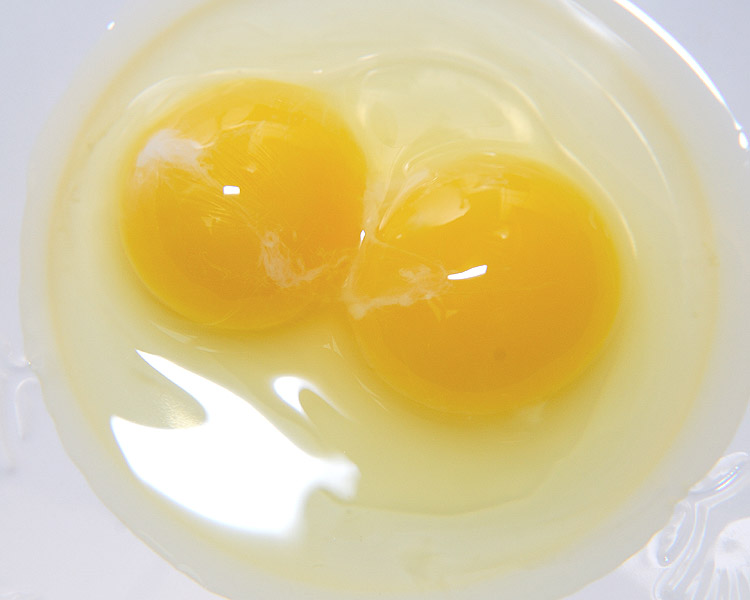
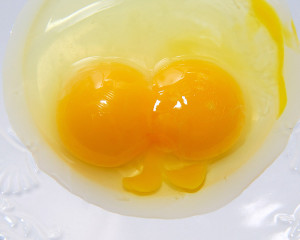
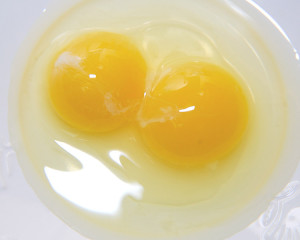
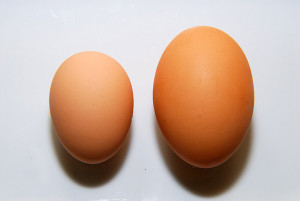

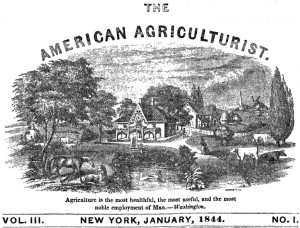
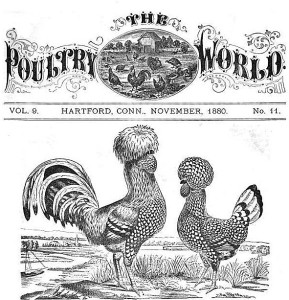
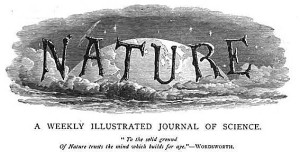
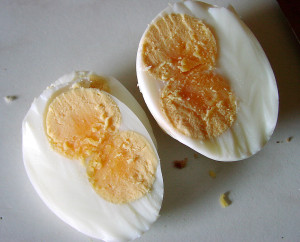







Great post! When I had chickens, most of the eggs I collected were double-yolked. I also fed them a commercially prepared chicken chow. If I ever have chickens again, I will feed them organic scraps.
I’ve never seen one! But it would be a treat. My husband loves jumbo sized eggs; too bad they don’t sell them in the store. My thought is that is must be terrible for the chicken! Or maybe egg laying is a bit less like childbirth than I am thinking.
I have not seen a double yolk egg yet from our CSA eggs. The sizes are not that uniform, and every time I open a large one I always look for two yolks. I can’t remember the last time I saw one from store bought eggs either.
Thanks for your research, it makes for very interesting reading!
Well, there it is, a double whammy sort of…another terrific informative and interesting post Clare…Thank you!
Clare my grandmother used to love getting double yokes in her eggs. I had never thought of the implications of the egg being fertilized aswell. The last time I saw a double yoke was when I was a child and our eggs came from the farm.
Hi Clare – never cease to be thrilled with a double yolk. As a child it meant a double helping of a favourite food. A short while ago had a 2-yolker in a box of organic eggs and Waitrose now sells boxes of double-yolk eggs.
Very informative post and so well researched.
Laura
I found both this posting and the video absolutely fascinating!
I have seen double eggs like this before. Is nice to know more about it. Thank you for the very informative post.
I have purchased double yolks before, but never thought that could hatch. I watched the video, but would have the chicks gotten out of the egg had the girl not helped them? Also, she did not show them later, where they where up and about. Do many survive? I read in your post that is unlikely, but in real life does it happen? Lots of questions.
I had a boiled egg with a double yolk just this morning 🙂 I’ve broken them open before and found them, but this is the first time I have seen one hard boiled. Just wish I could say that I raised the chicken that laid it. Kroger “raised” that egg. Thanks for the interesting post!
Another really informative post, Clare. I’ve never seen double yolks in an egg before, so the pics are pretty cool. Perfect for a double sunny side up!
Dear Clare, I cannot remember the last time that I had a double-yolked egg. They are for me, most intriguing and I have been fascinated to read of the folklore surrounding them.
Very interesting. We had chicken growing up but I do not remember any double yolks. But not I’m curious and will ask my mom.
Wow, I learn SO much from your blog. Another wonderfully researched post! My neighbor’s chickens have not had many double-yolkers lately, but we have many cute little “training’ eggs from the pullets now! So cute. reminds me of my little Old English Spangled Game hen I had. She was a great layer, and easy to spot her contributions amid my standard-sized hen’s eggs. Cheers, Bonnie